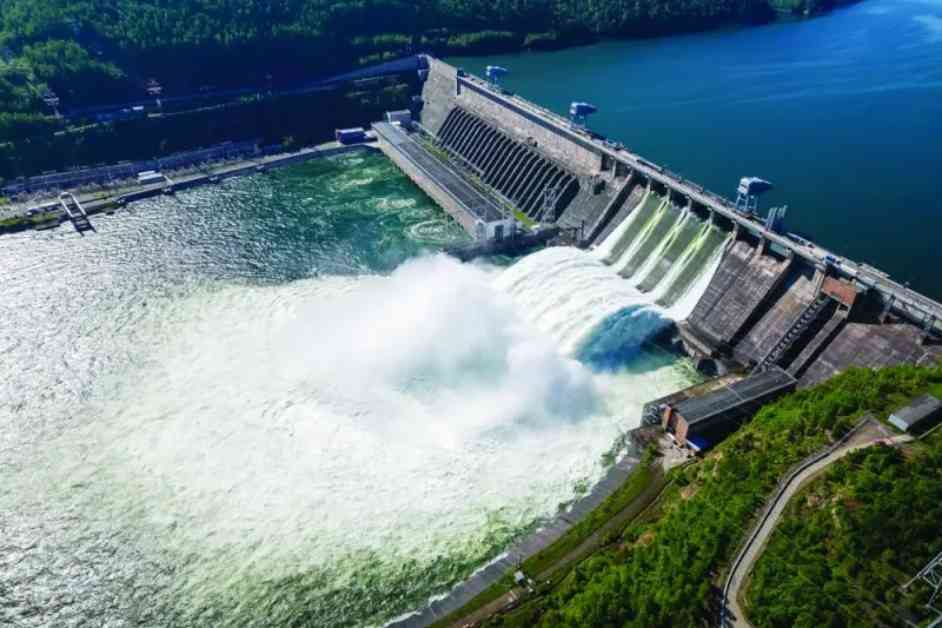Hydropower is a reliable and established source of renewable energy that plays a significant role in addressing the increasing demand for electricity and the need to reduce carbon emissions. According to the Al-Attiyah Foundation, hydropower accounts for about 14% of global power generation and is the largest contributor to renewable energy, making up over 60% of the world’s renewable energy output in 2023.
China leads the world in hydropower capacity, with the largest installed capacity and production globally. In 2022, China accounted for 30% of the world’s hydropower output, generating 1,303TWh of electricity, which represented 15% of the country’s total electricity output that year. China has been investing heavily in new hydropower plants, with around 80% of new capacity added globally in 2021 being in China. This has brought China’s total installed capacity to 413GW by the end of 2022, surpassing the combined capacities of Brazil, the US, Canada, India, and France.
One of the key advantages of hydropower is its ability to provide consistent baseload power, unlike solar and wind energy which are dependent on weather conditions. Hydropower’s capacity for round-the-clock generation ensures grid stability and supports the integration of variable renewable energy sources. Additionally, through pumped storage, hydropower plants can store excess energy during off-peak periods and release it during peak demand, making them essential for grid balancing. Pumped storage hydropower is the largest form of battery technology globally, with an installed capacity of nearly 200GW.
Despite its benefits, hydropower also faces challenges, particularly in terms of environmental concerns. Large-scale dam projects can disrupt ecosystems, alter river flow patterns, and impact local communities, leading to calls for stricter environmental regulations. Climate change further exacerbates the challenges faced by hydropower, as water availability becomes more unpredictable in many regions due to factors like prolonged droughts, reduced snowfall, and changing rainfall patterns. This has resulted in disruptions to hydropower generation in key regions such as parts of Africa and the southwestern United States.
In conclusion, while hydropower offers significant benefits as a reliable and renewable source of energy, it is essential to address the challenges it faces, especially in terms of environmental impacts and climate change vulnerabilities. By implementing sustainable practices and regulations, the potential of hydropower can be maximized while minimizing negative consequences on the environment and local communities.
